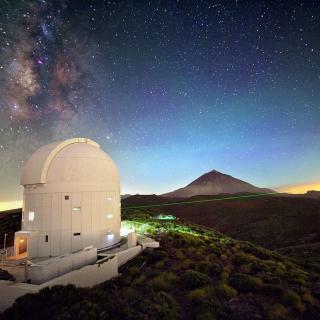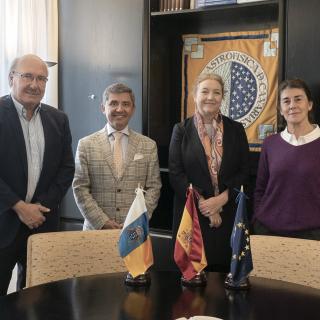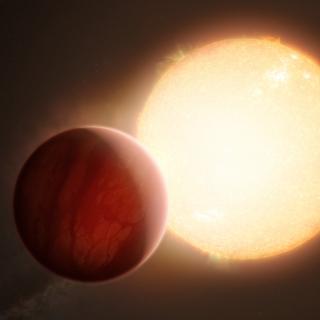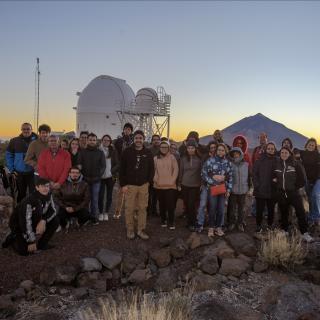
The workshop “25 years of cooperation in optical technologies and future trends”, will take place next Monday, November 14th, at the Headquarters of the Instituto de Astrofísica de Canarias (IAC) with scientific and engineering staff from the IAC, and from ESTEC, the European Space Technology and Research Centre of the European Space Agency (ESA). At the meeting, the two institutions will present their work on optomechanical engineering and set out the basis for further collaboration. They will discuss, among other subjects, thermal techniques and optical instrumentation developments, cryo
Advertised on




